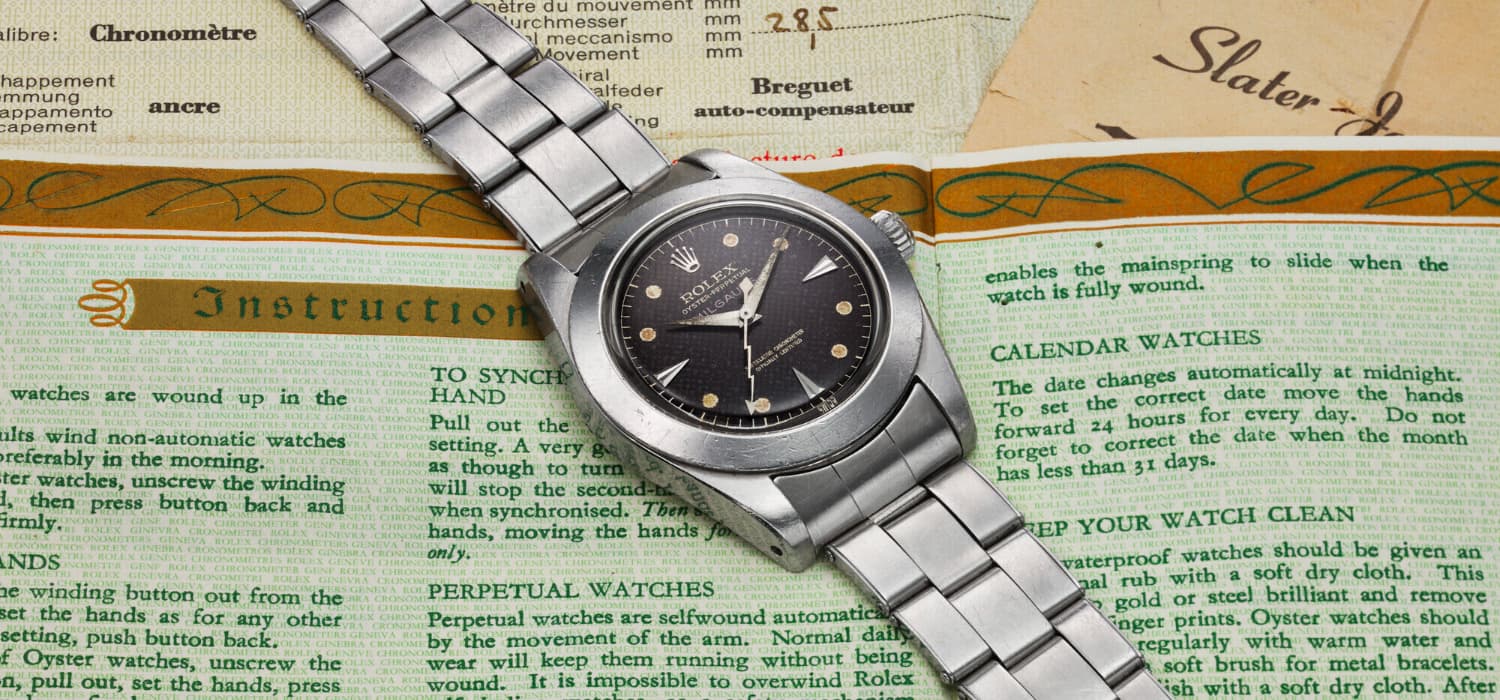
Nestled in the lush valley of Saint-Imier, on the slopes of Switzerland’s Jura mountains, lies the birthplace of Longines. This charming town, home to the brand’s first factory, is also where you’ll find the Longines Museum—a must-visit for anyone exploring the area. Until then, let this article take you on a journey through Longines’ storied past.
From creating the world’s first GMT-function watch to accompanying historic flights in the early 1900s, Longines has carved its name into the annals of haute horology for nearly two centuries. Its defining ethos? The simple yet profound motto: “Elegance is an attitude.”

The story began in 1832 when a young Auguste Agassiz laid the foundation for what would become a revolutionary brand in Swiss watchmaking. Initially relying on independent workshops, the company consolidated operations in 1867, opening a factory in the region known as “Es Longines.” This land would give the brand its enduring name, one synonymous with elegance and precision to this day.
In 1889, Longines unveiled its now-famous winged hourglass logo, a symbol of elegance and innovation. By 1893, the brand had secured international registration for the logo, making it the oldest unaltered trademark still in use today—a testament to Longines’ enduring legacy.

Pioneering Timekeeping: The First Longines Watches
In its early days, the winged hourglass adorned exquisite pocket watches before Longines transitioned to crafting wristwatches at the turn of the 20th century. Yet, it was a pocket watch that etched Longines into horological history. In 1908, Longines produced a groundbreaking pocket watch for the Ottoman Empire, capable of displaying two time zones—the world’s first watch with a GMT function. This innovation was formally recognized in 1911 when Longines filed a patent for the GMT feature. Not stopping there, Longines continued to push the boundaries of watchmaking. Shortly after the GMT pocket watch, the brand introduced two remarkable innovations: the first chronograph with a flyback function and the debut wristwatch capable of showing a second time zone on its dial. These advancements cemented Longines’ position as a pioneer in precision and versatility.

In 1936, Longines launched the caliber 13ZN, the first flyback chronograph movement, setting a new standard for precision. Just two years later, the brand patented one of the world’s first waterproof chronographs, pushing the boundaries of durability. Longines continued its streak of ingenuity in 1942 by introducing a revolutionary design for measuring minutes directly on the main dial, eliminating the need for a subdial. As the brand moved into the 1950s, its dedication to elegance and craftsmanship became even more pronounced. In 1954, Longines unveiled the iconic Conquest collection, followed two years later by the timeless Flagship series—both celebrated for their refined design and technical excellence. While these innovations captivated watch enthusiasts, the winged hourglass logo soared to new heights, cementing Longines’ status as a leader in horology and an enduring symbol of sophistication.

SOARING THROUGH HISTORY: THE WINGED HOURGLASS TAKES TO THE SKIES
Longines carved its place in aviation history in the early 1900s, timing some of the most legendary flights ever recorded. By the onset of World War II, the brand had timed over 30 record-breaking flights, cementing its reputation as the go-to timekeeper for pioneers of the skies. In 1928, Australian pilot Charles Kingsford Smith made the first transpacific flight, relying on Longines for precision. Four years later, Amelia Earhart strapped a Longines watch to her wrist when she became the first woman to fly solo non-stop across the Atlantic, setting a record that remains unforgettable.
This tradition of supporting aviation legends is reflected in the pilot’s watches Longines has crafted over the decades. Among them, the Pilot Majetek, introduced in 1935, is a standout. Designed for both military and civilian use, it was produced until 1948 and continues to impress today with its modern interpretation. The legacy of Longines in aviation is further celebrated through collections like the Spirit, Spirit Zulu Time, and Spirit Flyback series. Each piece draws inspiration from the adventurous spirit of the 1920s, blending vintage aviation heritage with contemporary sophistication—a timeless homage to the brand’s pioneering role in the skies.


“ART DECO” ON THE WRIST
The 1990s welcomed a chic addition to the Longines family: the DolceVita. This refined timepiece, featuring a rectangular case, took its design cues from a 1927 model shaped by the Art Deco movement. Beloved by both men and women, DolceVita’s timeless elegance has even adorned the wrist of former French President Emmanuel Macron in recent years.
Today, the DolceVita series boasts a diverse range of models, offering variations in strap styles and sparkling diamond embellishments. The latest addition to the collection is the Mini DolceVita, available in luxurious yellow and pink gold cases, continuing the line’s tradition of sophisticated allure.

With a heritage stretching back to the 1800s, Longines has crafted an impressive array of timepieces, from pilot and diving watches to graceful designs for women, all while pioneering inventions that have shaped watchmaking history. The brand creates watches for every occasion, designed for those who want to stay connected to time, no matter where they are.
This dedication to versatility inspired our recent series of articles on Longines collections, aptly titled: “In the Air, on Land, at Sea.”



